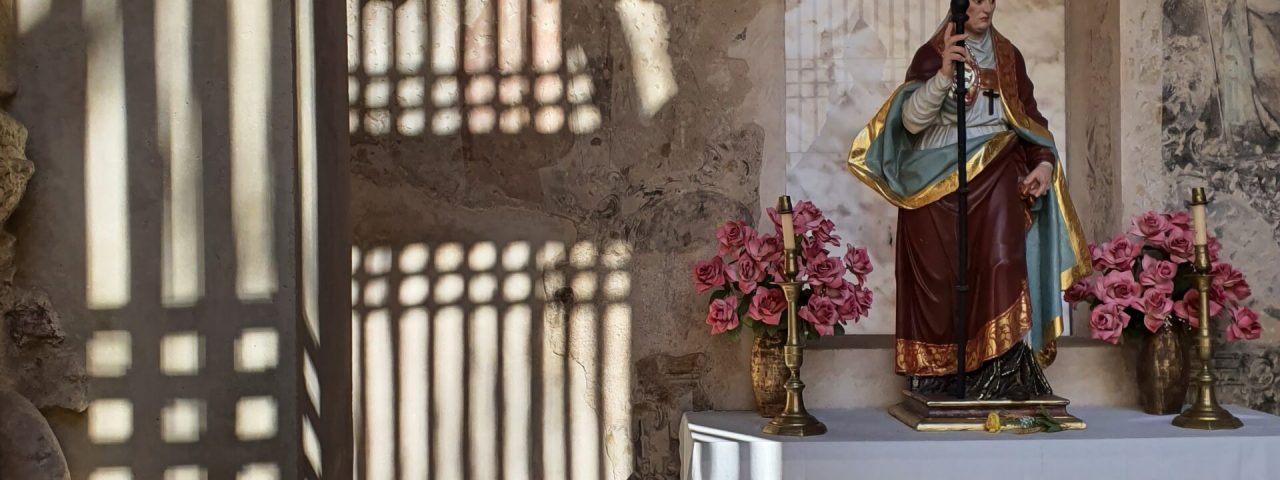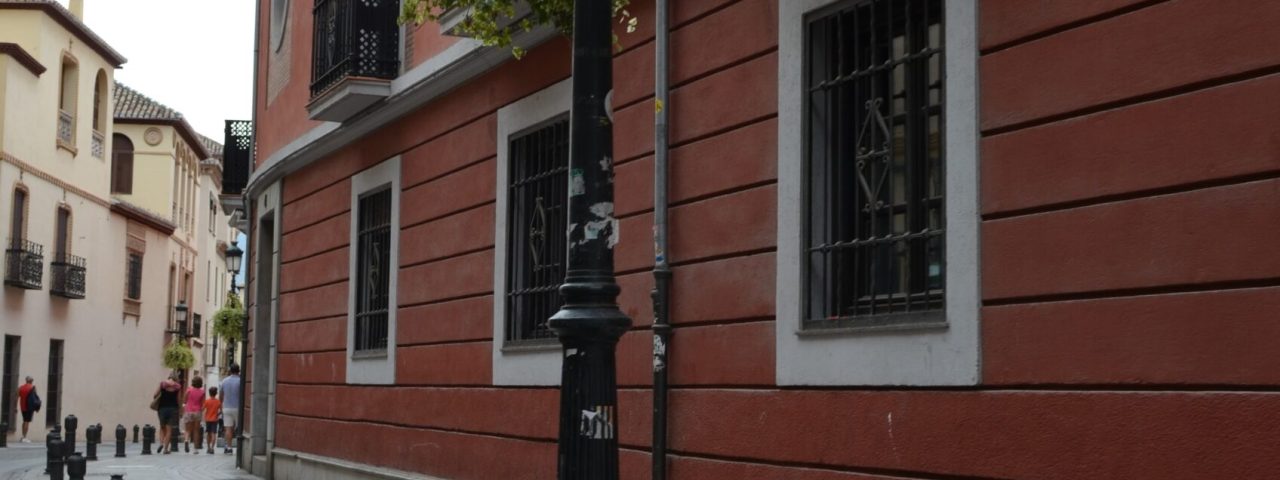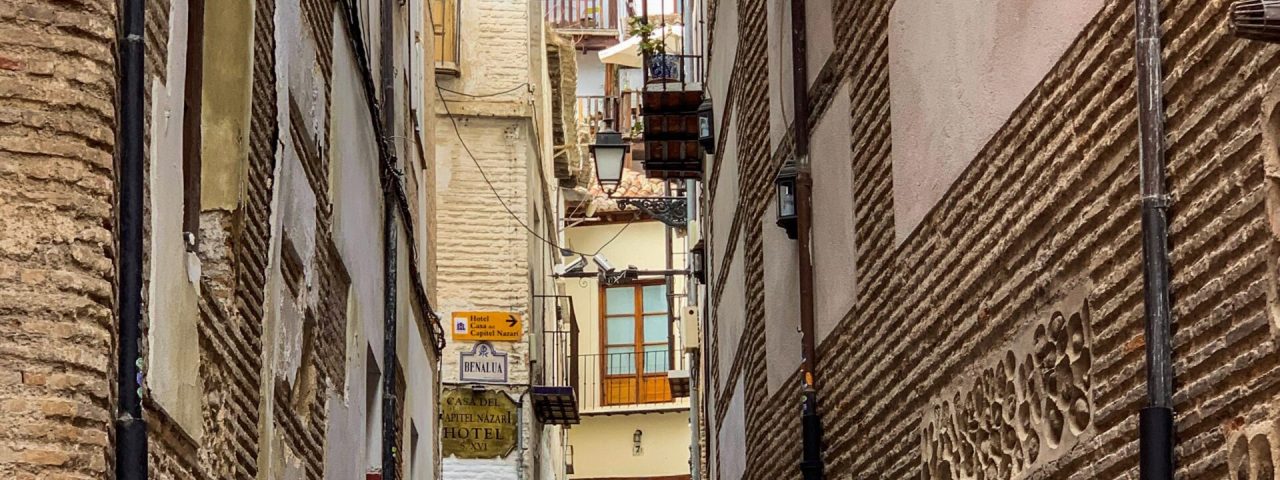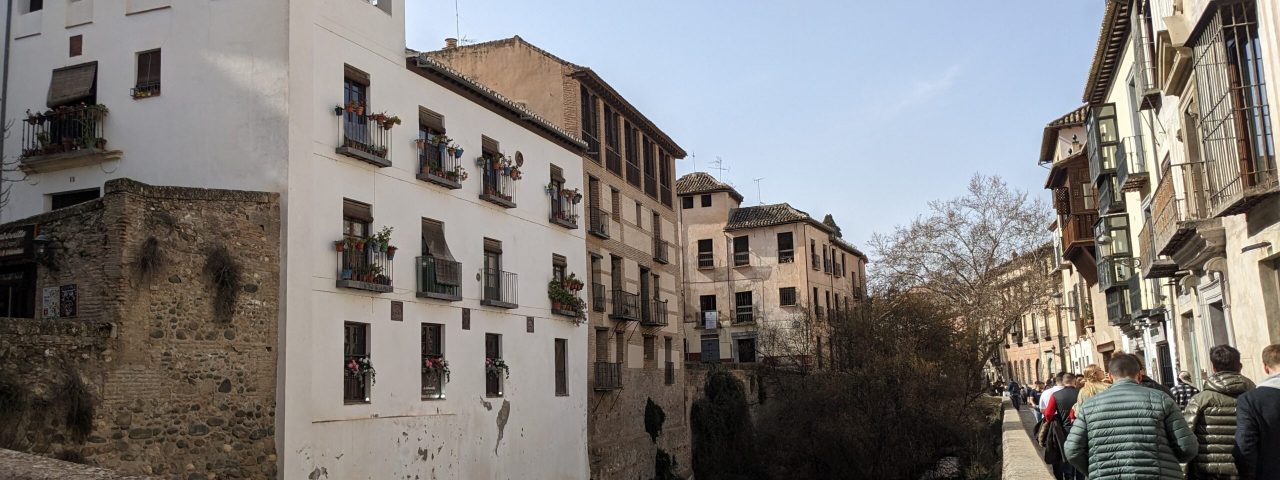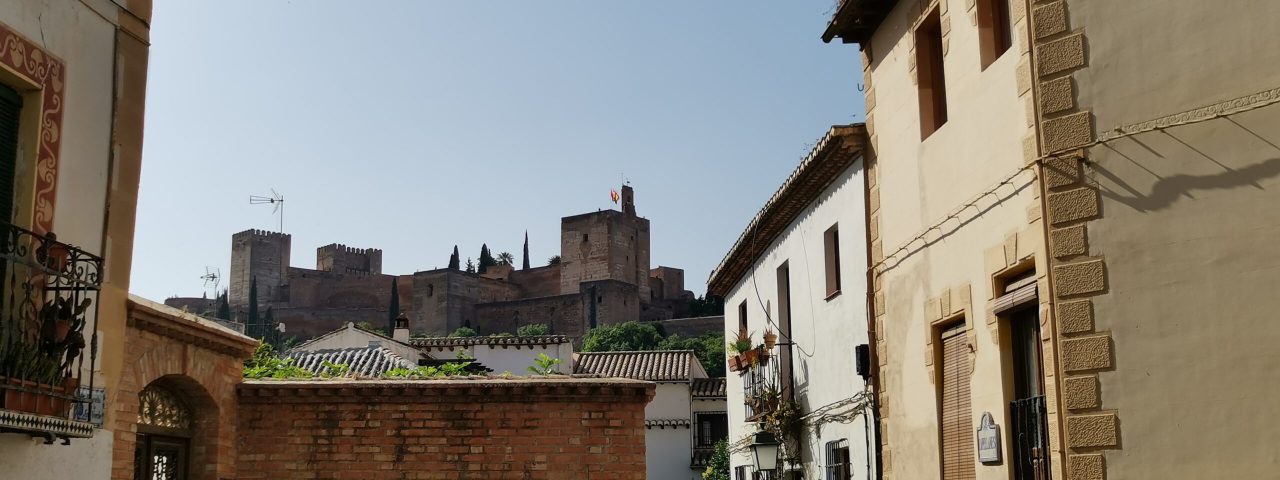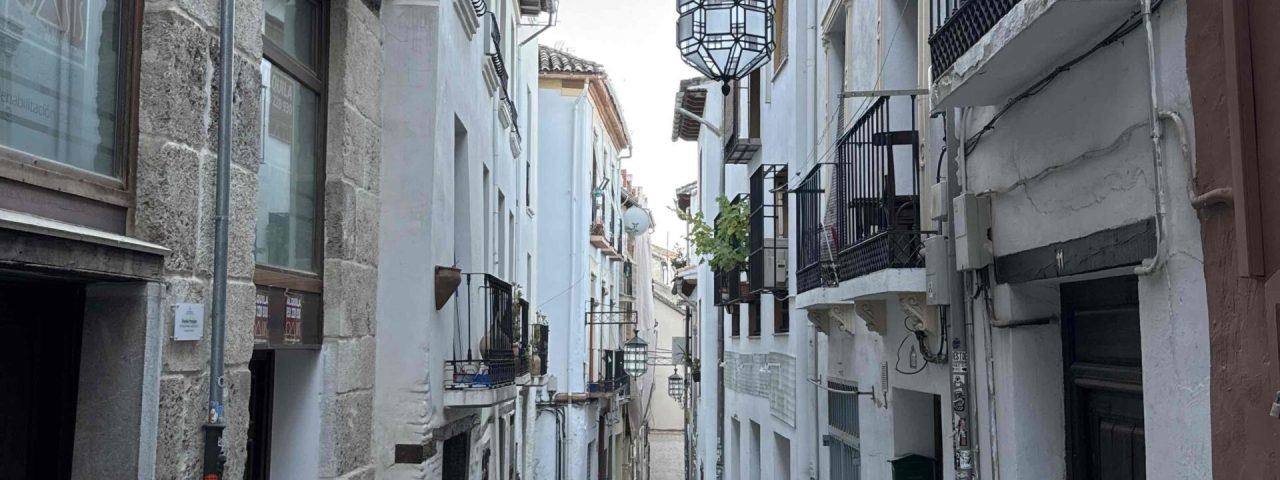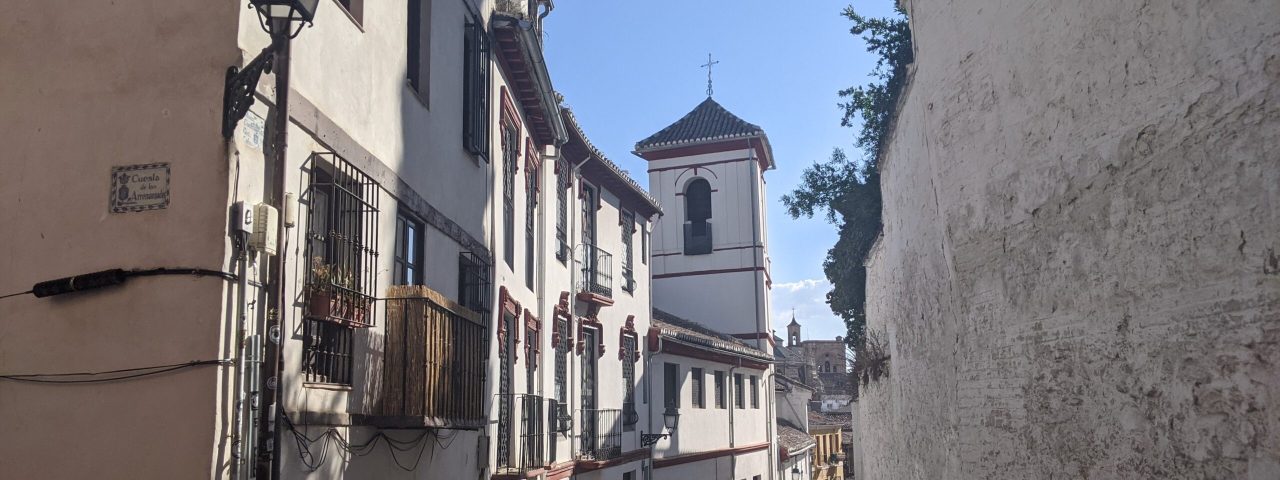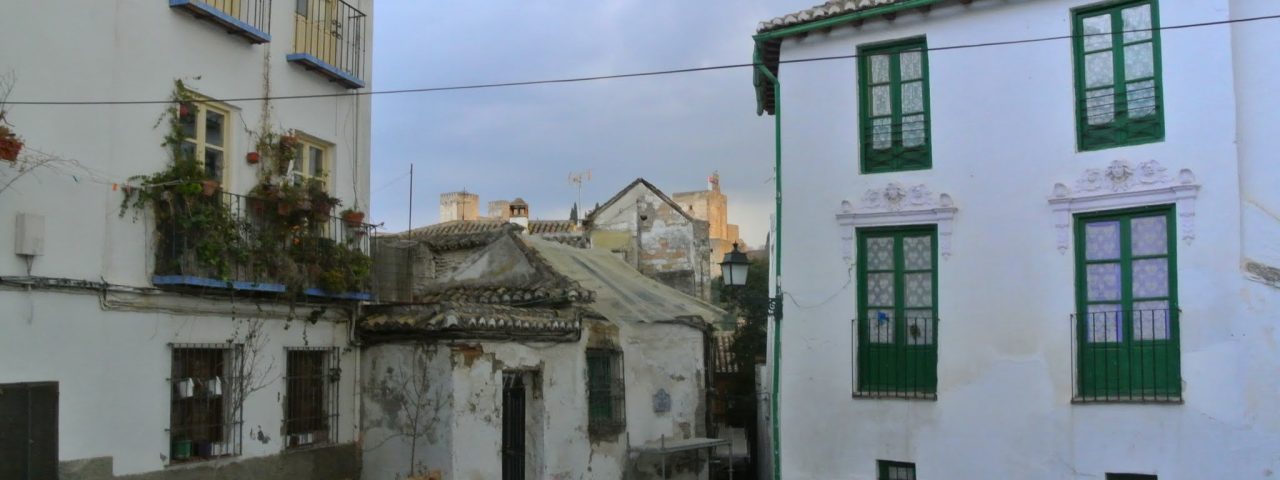Granada’s history is deeply intertwined with the influence of different civilizations that have passed through the Iberian Peninsula. Founded by the Romans and later developed by the Moors, Granada became a significant city during the Islamic rule of Spain, which lasted from the 8th century until the Reconquista in 1492. This era left a lasting mark on the city, particularly in the form of the Alhambra, a sprawling palace and fortress complex that stands as a symbol of Moorish architectural and cultural brilliance. The Catholic Monarchs, Ferdinand and Isabella, famously completed the Reconquista here, cementing Granada’s place in Spanish history.
Culturally, Granada is known for its fusion of Christian and Moorish traditions, visible in its music, festivals, and local customs. The city hosts many lively events, including the Semana Santa (Holy Week), which is marked by processions and religious fervor, and the Corpus Christi Fair, a week-long celebration with parades, bullfights, and flamenco performances. Flamenco music and dance are an integral part of Granada’s cultural fabric, with the Sacromonte district being a hub for flamenco enthusiasts.
Granada also has a strong tradition of local craftsmanship, especially in ceramics, pottery, and textiles. Visitors can often see artisans at work in the Albayzín district, a UNESCO World Heritage site that preserves the medieval Moorish streetscape. The city’s cultural life is further enriched by its universities, making it a center for intellectual and artistic activities.

